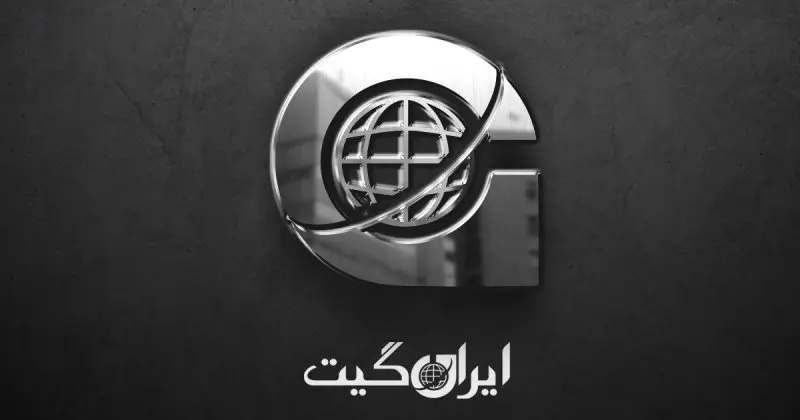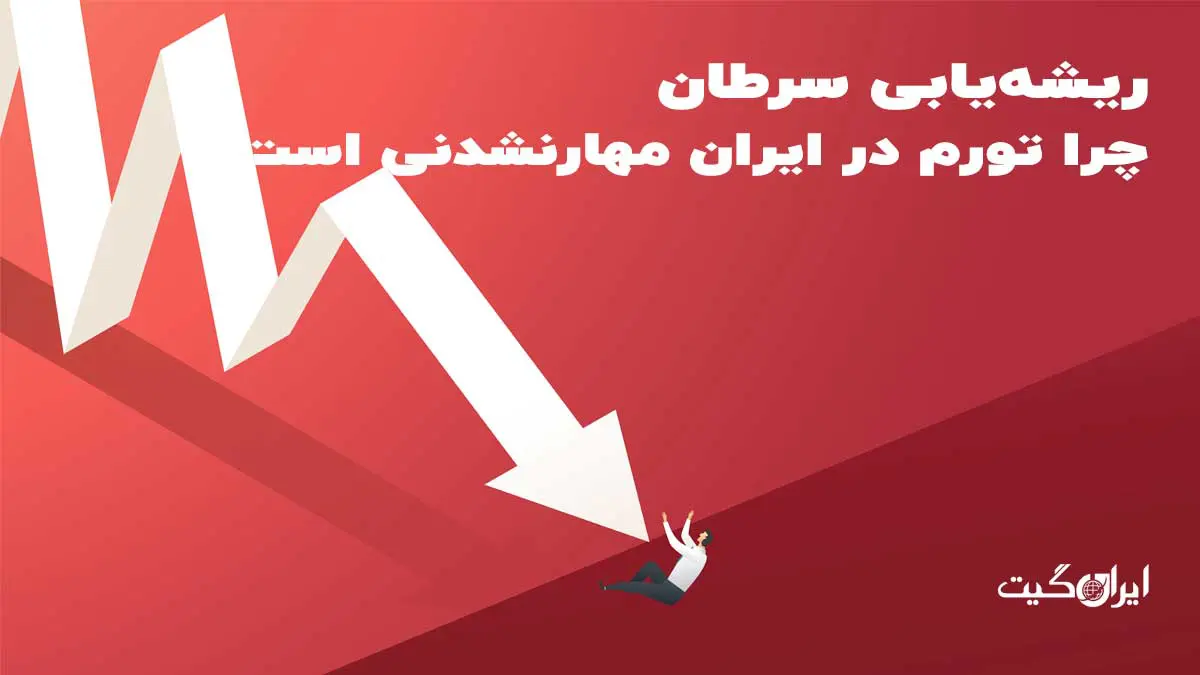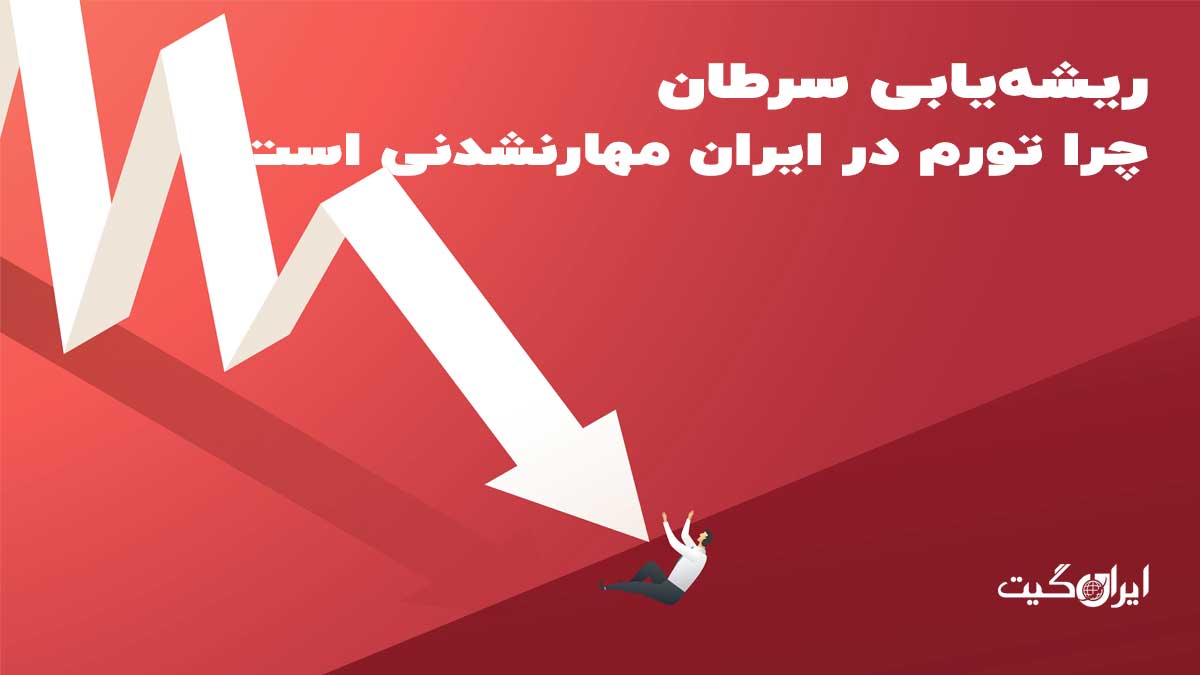Diagnosing the Cancer of Iran’s Economy: Why Inflation in Iran is Uncontainable – Part Four
Diagnosing the Cancer of Iran’s Economy: Why Inflation in Iran is Uncontainable. According to Iran Gate, economists believe that the 50-year reign of inflation over Iran’s economy is so deep and serious that it has created classes of beneficiaries who mutually feed off each other. This article attempts to address the consequences of the capillary penetration of rent and rent-seeking in the economy and its role in strengthening the foothold of inflation.
As stated in the previous three parts of this series, there are many reasons that practically destroy the possibility of achieving the slogan of controlling inflation in 2023. One of these reasons is the existence of layers of beneficiaries in the economy who personally profit from the exacerbation of inflation, and this group will stand as a major obstacle to any action.
It should be noted that the economic policies of the thirteenth government have been so raw and unprincipled that even if such obstacles did not exist, inflation would naturally have to intensify and advance. However, experts believe that even with the adoption of principled and correct policies, it is not possible to control inflation, at least in the current conditions and with the current structure of Iran’s economy. But what are the consequences of this, and what harm has it inflicted on the economy?
The Murder of Production by Inflation and Rent
Pricing or setting a fixed rate was a keyword addressed in six major methods of rent distribution. Although in some cases, such as license rent or land rent, this destructive tool does not seem to be involved, the central role of mandatory pricing policies in institutionalizing inflation and corruption in Iran’s economy should not be overlooked.
But at whom is the arrow of pricing primarily aimed? Although the biggest losers of such policies are ordinary people, if we speak with a bit of detail, it must be said that domestic producers in the real private sector are the biggest sufferers from the adoption of mandatory pricing policies.
The reason is quite clear: because without government support and intervention, they import raw materials at global prices and sometimes more expensive than international market rates, bear the heavy cost of production, but in the end, it is the government that forces them to offer their products at the government’s desired price in the market.
It should be noted that chronic inflation in Iran’s economy has caused prices to naturally fluctuate greatly in various markets. However, the government’s pricing policy apparently prevents these fluctuations, but not only do imported goods disrupt this balance, but they also cause private sector producers to lag behind inflation and also in competition with imported goods.
Given this situation, how can producers in the private sector who genuinely care about non-rent-seeking work profit? In fact, the flawed system of the Islamic Republic either discourages these productive economic activists or forces them to join the ranks of rent-seekers if deemed qualified by the circles of power.
Rent That Threatens the System’s Existence
But what has been the result of distributing these rents in Iran’s economy? In addition to putting pressure on the budget and exacerbating inflation, there are many terrifying outcomes, each of which can cripple a country’s economy. For example, the rent distributed in the energy sector has caused increasing energy and fuel imbalance in the country. This imbalance is so serious that it has currently led to a severe crisis in the unfavorable business environment.
On the other hand, the issue has also taken on security dimensions, which coincidentally is a hot topic in the media these days, because the experience of November 2019 from the sudden and inevitable increase in gasoline prices has put the government of Ebrahim Raisi at a major crossroads.
On one hand, the necessary resources for continuing this rent distribution are not available to the government, and on the other hand, the government fears that social and political unrest will once again intensify and this time reach more critical points.
For this reason, it is said that the policy of energy rent distribution has caused the existence of the Islamic Republic to face serious threats whenever governments are forced to adjust prices. As mentioned, the recent example was seen in November 2019 and reportedly ended temporarily with the killing of over 1,500 protesters.
Issuing Banking Licenses in Bulk for Rent-Seekers
The rent distributed in the allocation of banking facilities causes a group of more powerful beneficiaries to directly establish banks or financial and credit institutions. This strange action, which itself is a sign of the spread of disease in various parts of Iran’s economy, creates the possibility for these beneficiaries to benefit from the rent of facilities this time without intermediaries.
In other words, by establishing a bank, they have the opportunity to lend to themselves, and no one holds them accountable. Meanwhile, such actions are completely illegal, but the means to circumvent the laws are easily accessible to these individuals.
Ultimately, most banks, due to the creation of unsupported money and the failure to repay large facilities, experience a disruption of balance in their balance sheets. The cost of these bankruptcies also falls on the Central Bank and ultimately ordinary people, because the government, for security reasons, does not allow the declaration of bankruptcy of any banks, and for this reason, it forces the Central Bank to compensate for the banks’ imbalance through money creation.
In facing inflation, policymakers once again take action to stabilize the exchange rate and energy prices, or in other words, they expand the scope of rent-seeking. At the same time, the real interest rate of facilities will tend to become increasingly negative, and the pressure on demand for facilities will increase exponentially.
What is the Solution?
Almost all economists believe the solution does not lie in the temporary change of governments’ positions, but rather it is the rent-promoting structure of Iran’s economy that has caused such problems. As long as governments do not stop rent distribution, expecting significant change is a futile illusion.
However, the majority of experts believe the solution lies in establishing a democratic structure in the country, because only in this way will people endure the cessation of the sixfold rent distribution. Naturally, when the government lacks social capital, it will not be able to implement reform policies within the country’s economy.
For this reason, it is said that democracy can be the key to solving the country’s problems, including economic issues and particularly the issue of controlling inflation in Iran. In other words, it can be said that controlling inflation will not be achieved with slogans and orders but requires strengthening the element of trust in governance within society.
The series of articles on diagnosing the cancer of Iran’s economy has been exclusively written for Iran Gate. Other sections are available to you via the links below.
- Diagnosing the Cancer of Iran’s Economy: Why Inflation in Iran is Uncontainable – Part One
- Diagnosing the Cancer of Iran’s Economy: Why Inflation in Iran is Uncontainable – Part Two
- Diagnosing the Cancer of Iran’s Economy: Why Inflation in Iran is Uncontainable – Part Three
- You were reading this section: Diagnosing the Cancer of Iran’s Economy: Why Inflation in Iran is Uncontainable – Part Four



